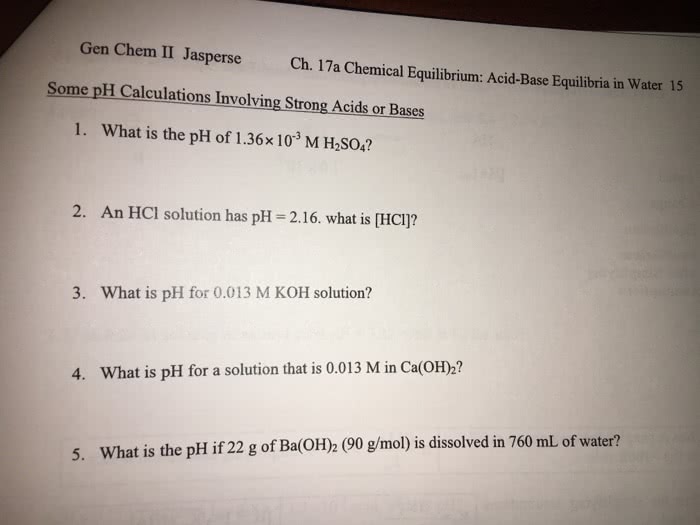CHEM 100 Chapter Notes - Chapter 9: Acid Dissociation Constant, Hydronium, Dissociation Constant
Document Summary
The chemical equilibrium that is established can be represented by the chemical equation. Ion-product of water (cid:4666)(cid:4667) - a constant that represents the equilibrium process. (cid:4666)(cid:3050)(cid:4667) is defined as the product of the molar concentrations of (cid:2871)(cid:1841)+ and (cid:1841) ions in pure water. 9. 2 strong acids and strong bases. Dissociation results in the formation of ions. Hydrochloric acid is one of six strong acids that undergo complete dissociation in water. Strong acids acids that are completely dissociated in water. Strong bases bases that are completely dissociated in water. 9. 3 a measure of acidity: ph. This form can be used to calculate the ph, given the hydronium ion concentration, The acidity of a solution is measured in terms of the molar concentration of hydronium ions. The concentration of hydronium ions typically ranges from 1. 0 m to (cid:883). (cid:882)(cid:882) (cid:883)(cid:882) (cid:2869)(cid:2872) m. Pk a variety of equilibrium constants with an identifying subscript: alternative definition: (cid:1868)= log[(cid:2871)(cid:1841)+]


